Summoning the Cat God to Battle, Using Camels to Create Fire, or Planting Stakes in Rivers… These Are Unique Military Strategies in History.
4 Unique Military Strategies in History
Throughout history, alongside the classic strategies of organized offensive and defensive formations—warriors standing closely together with shields raised and spears thrusting forward—there have been many other classic and unconventional battle tactics. These include strategies like summoning the Cat God to impact the enemy’s psychology or exploiting natural elements to lure troops into traps…
These unique military strategies have been documented and passed down through generations, showcasing the ingenuity of military leaders. They truly were geniuses.
1. Summoning the Cat God to Battle
Using animals as weapons in warfare is not an unfamiliar tactic in world history. However, no general has ever thought of the technique of “summoning the Cat God” like Kings Cambyses II of Persia did during the invasion of ancient Egypt.

How did the cats fight, I wonder?
Cambyses II (died in 522 BC) was the king of the Achaemenid Empire. After his father, Cyrus the Great, conquered the Near East and Central Asia, Cambyses II continued to expand the empire’s territory into Egypt during the post-Achaemenid period, achieving victory over Pharaoh Psamtik III of Egypt in the Battle of Pelusium in 525 BC.
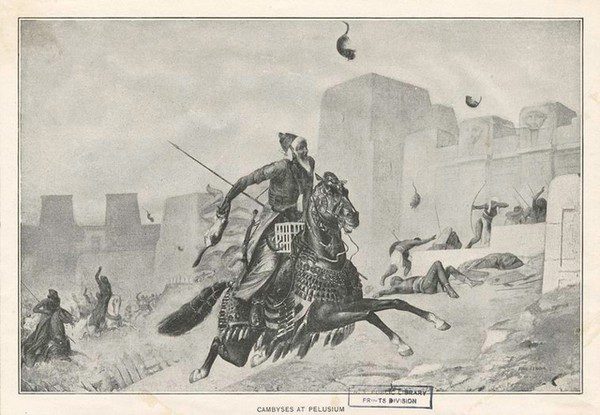
The method employed by Cambyses II was the “summoning of the Cat God.” Cambyses II understood that cats held a very high status in ancient Egyptian society.
They were revered to the extent that some families even mummified their cats after death—a ritual reserved for royal members or nobles to express their sorrow.

Recognizing this, King Cambyses II of Persia ordered his men to paint cat images on the shields of the vanguard.
He even had hundreds of live cats tied to the front of the shields to “lead the way.” This strategy proved effective. The Egyptian archers could not shoot their arrows for fear of divine retribution, leading to the Egyptian forces’ defeat and the capture of the Pharaohs.
2. Planting Stakes in Rivers to Trap Enemy Ships
Ngô Quyền (898 – 944), also known as Ngô Vương – the first king of the Ngô dynasty in Vietnamese history.
In 938, he led the people in defeating the Southern Han army in the famous Battle of Bạch Đằng, officially ending over a millennium of Chinese domination and ushering in a long period of independence for Vietnam. After this victory, he ascended to the throne, ruling from 939 to 944.
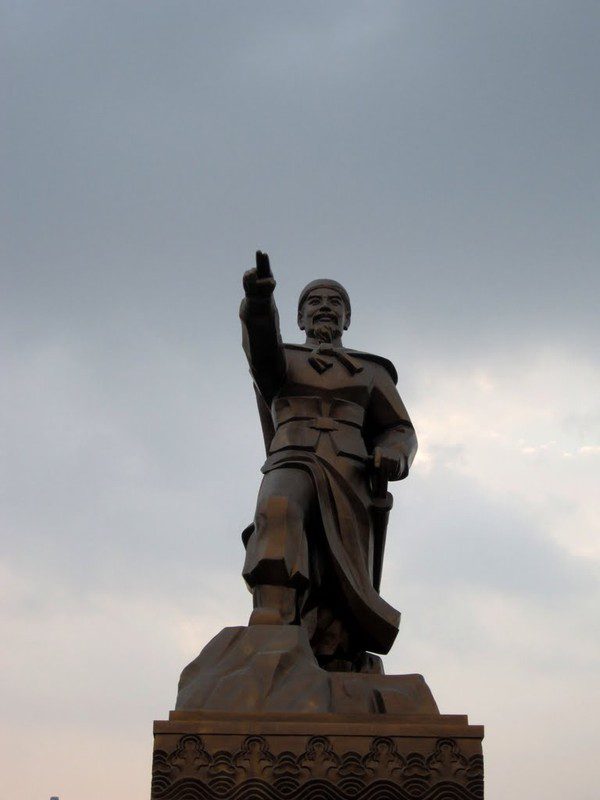
Statue of Ngô Quyền in Hai Phong City
Historically, Ngô Quyền is famous for his tactic of planting stakes in the river to lure the enemy into attack. In 938, he mobilized troops to Đại La to organize resistance against the Southern Han army at the Bạch Đằng River.
Taking advantage of the harsh hydrology in the area, he ordered the planting of sharpened stakes under the riverbed so that when the tide rose, the stakes would be concealed.
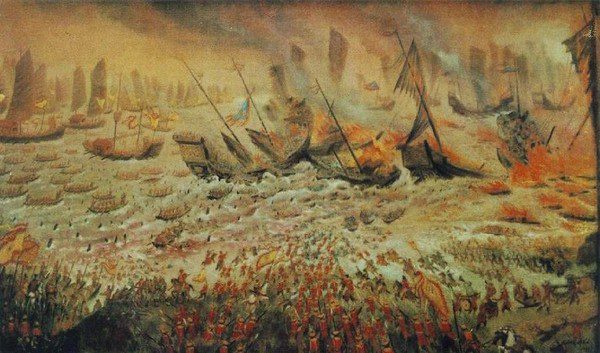
The day after the battle began, Ngô Quyền secretly positioned large ships around the stake area and sent out smaller boats to provoke the enemy.
As anticipated, the Southern Han troops, overly confident, were lured into the trap of the concealed stakes. As the tide receded, the sharpened stakes were exposed, causing the larger ships of the Southern Han to become trapped and ultimately sink in the river amidst the cheers of our soldiers.
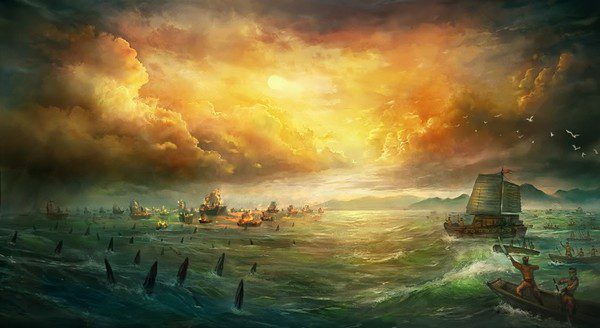
Painting depicting the battle on the Bạch Đằng River in 938
As a result, the Southern Han army fled, and their general perished along with more than half of their forces. 350 years later, Ngô Quyền’s strategy was once again employed by Prince Trần Quốc Tuấn.
During the third Mongol invasion of Đại Việt, Trần Quốc Tuấn utilized the tides to plant stakes in the Bạch Đằng River, destroying many large warships of the Mongols led by Ô Mã Nhi.
This victory contributed to Đại Việt’s triumph over the ferocious and powerful Mongol Empire at that time, and it also elevated Trần Quốc Tuấn to the ranks of the greatest generals in history.
3. Ice Traps on Lake Chudskoe
The Battle of Lake Chudskoe (also known as the Battle on the Ice), is one of the two most glorious battles of Prince Aleksandr Yaroslavich Nevsky of Novgorod (1220 – 1263).
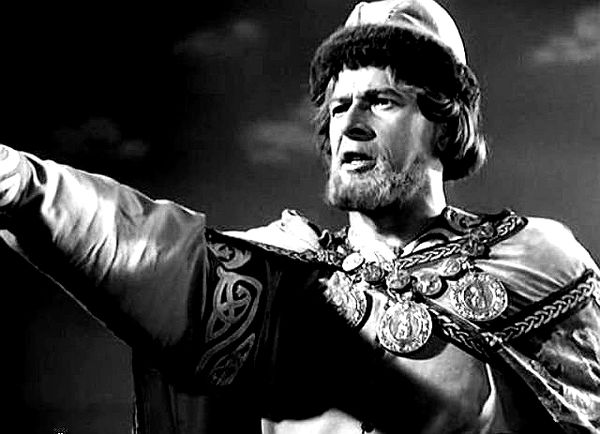
Image of Aleksandr Nevsky depicted in a film of the same name produced in 1983
He was the Grand Duke of Novgorod, a renowned general in Russian history known for his remarkable victories against the invasions by the Swedes and the Teutonic Knights of Germany.
On April 5, 1242, the Teutonic Knights launched an attack on Russia during a Northern Crusade. Nevsky, with his strategic mind, chose the frozen Lake Chudskoe as the battlefield.
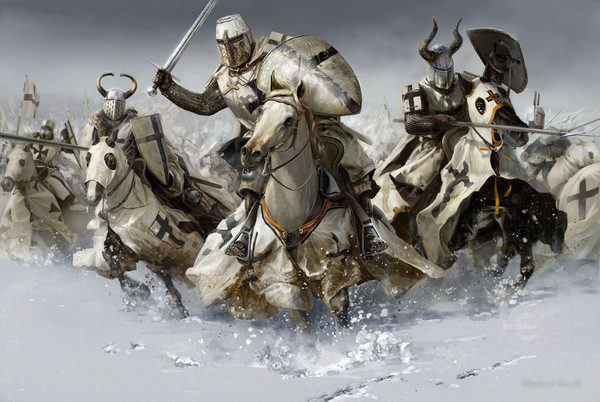
The ice on the lake could not withstand the heavy weight of the crusader army
Nevsky lured the Teutonic Knights to chase his troops across the frozen lake. Although the ice was thick, it could not withstand the weight of the heavily armored crusader army.
As a result, the ice broke, causing most of the crusader warriors to fall into the lake, creating a scene of utter chaos. At that moment, Nevsky’s guerrilla forces surged out, launching a fierce attack on the knights struggling in the icy waters and pursuing those fleeing into the woods.

The glorious victory in this battle played a critical role in Russian history, elevating Prince Nevsky to the status of a national hero, defending Russia against foreign invaders.
For this heroic feat, Duke Nevsky was canonized by the Eastern Orthodox Church.
4. The “Fire-Breathing” Camels of Jebe and Subutai
Camels were among the greatest allies of Mongol soldiers in many harsh battlefields. They possessed good speed and, importantly, had exceptional endurance when fighting in the desert.
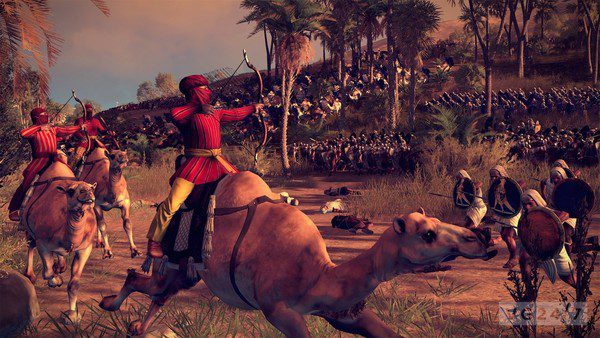
However, sometimes camels also have to make significant sacrifices to help their owners and themselves escape danger and preserve their lives. A notable example is Timur, a “notorious” emperor in the West Asian region who lived in the late 14th and early 15th centuries.
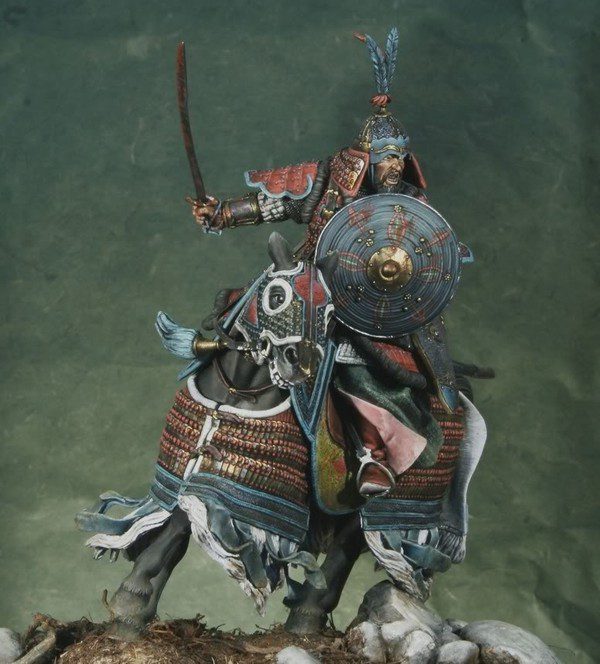
Portrait of Timur
Timur (1336 – 1405) was a Mongol emperor in the 14th century, who conquered much of West and Central Asia and established the Timurid Empire in Central Asia.
In a battle against the Indian army in 1398 at Delhi, Timur found himself surrounded by over 120 ferocious war elephants.
Despite being terrified, he calmly ordered his men to load all their belongings onto the camels before retreating. Immediately after, Timur and his entire army began to set fire to the camel saddles, directing them to charge towards the enemy.
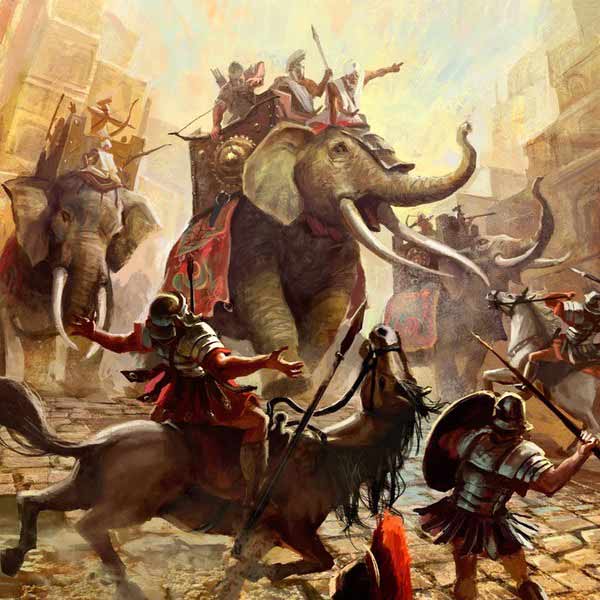
The Indian Army’s Elephant Brigade Initially Had the Advantage but Ultimately Suffered Defeat
This act caused the herd of elephants of the Indian army to panic and trample over their own soldiers, disrupting their formation. This bold decision allowed Timur and his comrades to escape what initially seemed like an inescapable attack.


















































